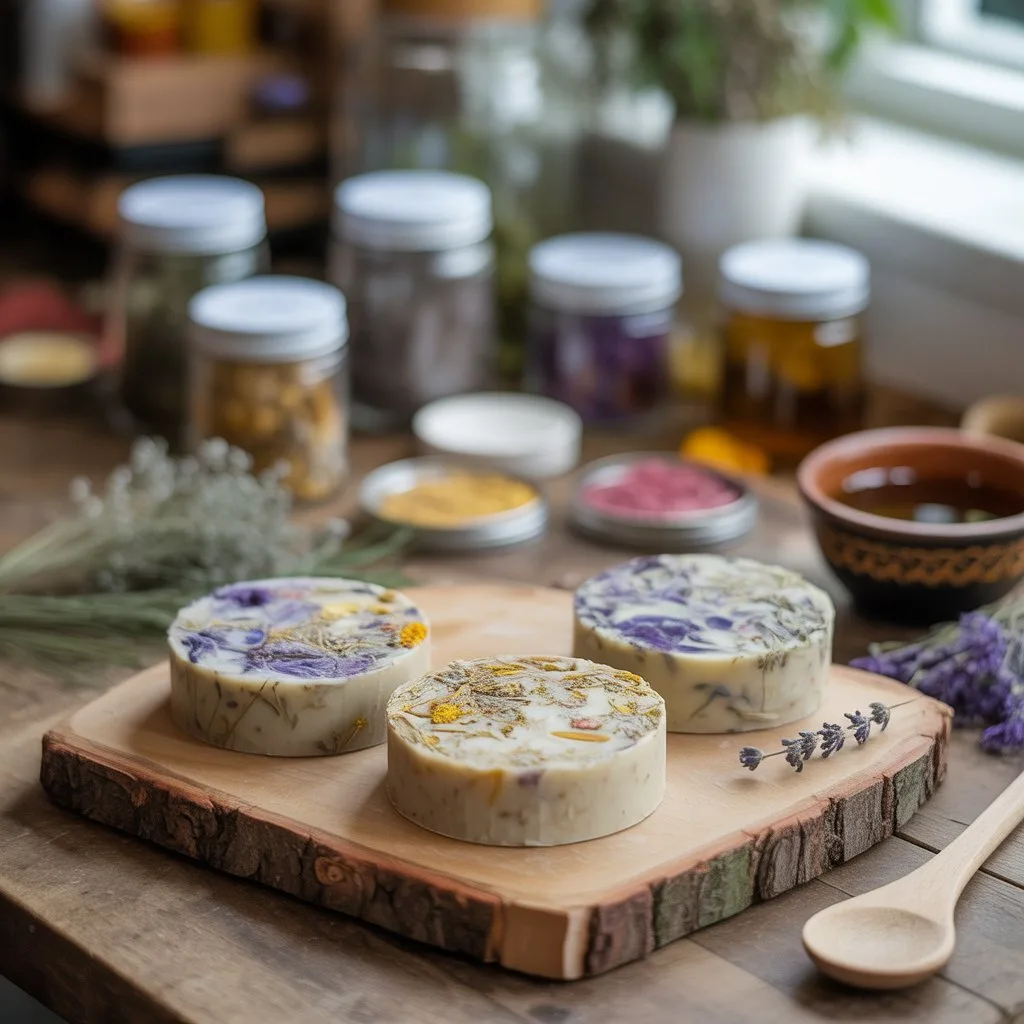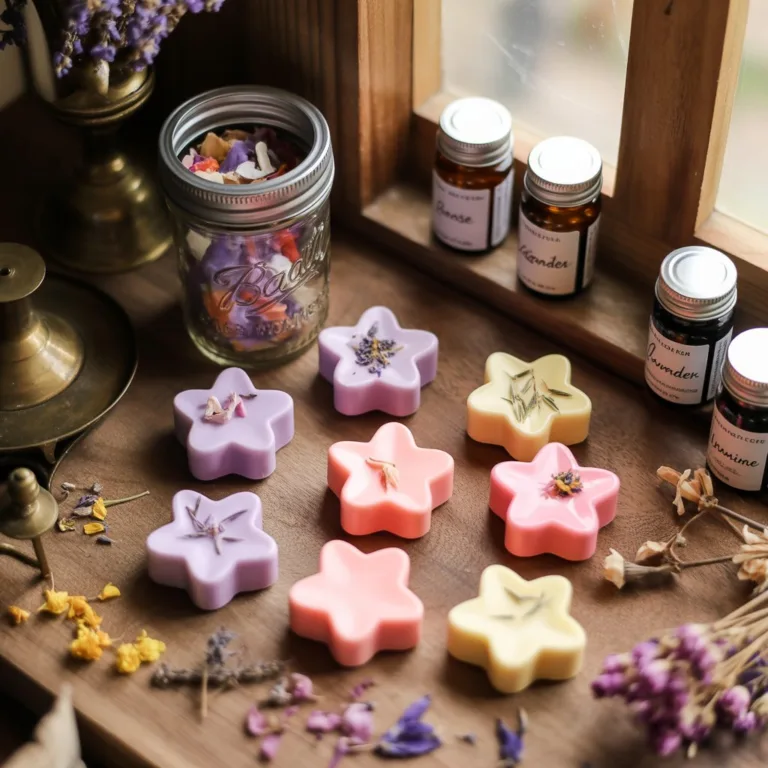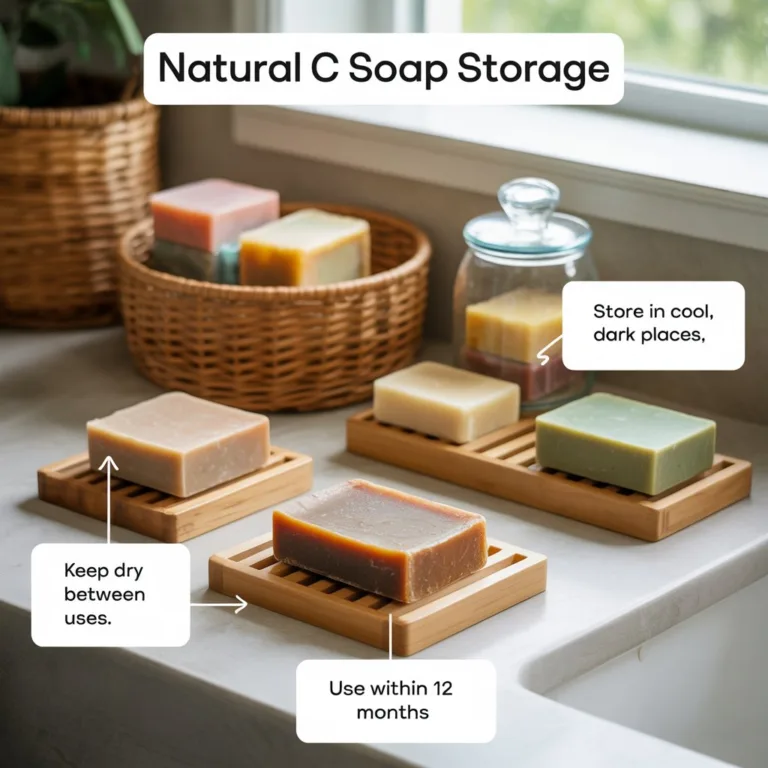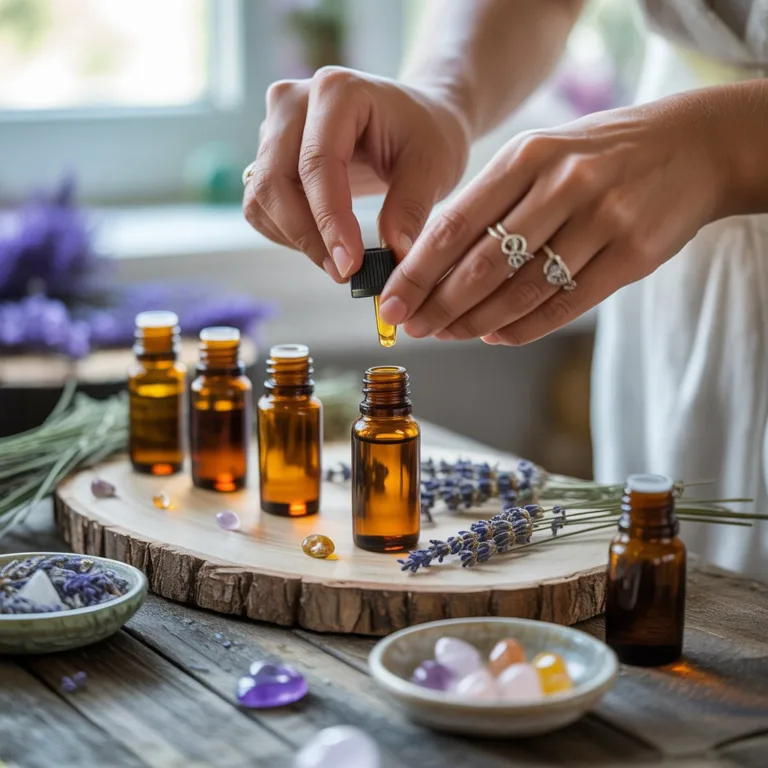Creating herbal soap bars at home combines creativity, sustainability, and self-care into one fulfilling project. Handmade herbal soaps allow you to customize ingredients to your skin type, fragrance preference, and aesthetic style while avoiding synthetic chemicals commonly found in commercial products. By using natural herbs, essential oils, and eco-friendly bases, you can craft soaps that are not only gentle on the skin but also environmentally conscious.

Handmade herbal soaps encourage a deeper connection to the ingredients and processes involved. They offer an opportunity to experiment with textures, colors, and scents while learning about the benefits of various herbs. From soothing lavender to invigorating rosemary, herbs provide therapeutic properties that enhance the bathing experience, making each soap bar both functional and luxurious.
Choosing the Right Ingredients
The foundation of herbal soap lies in selecting high-quality, natural ingredients. A basic soap recipe includes a fat or oil base, water, and a lye solution, but herbal additives and essential oils define its unique qualities. Common oils include olive oil, coconut oil, shea butter, and castor oil, which provide moisturizing, cleansing, and lathering properties.
Herbs such as chamomile, calendula, rosemary, and peppermint can be infused into oils or added directly to the soap mixture. Each herb offers different benefits: chamomile soothes sensitive skin, calendula promotes healing, rosemary energizes, and peppermint refreshes. Using organic or sustainably harvested herbs ensures that your soaps are eco-friendly and free from pesticides.
Equipment and Safety Considerations
Making herbal soap involves working with lye, which requires careful handling. Essential equipment includes a heat-resistant container, a digital scale for precise measurements, a thermometer, a spatula, and soap molds. Safety gear such as gloves, goggles, and protective clothing is crucial when working with lye to prevent burns or irritation.
Ensuring proper ventilation is important because the chemical reaction between lye and water can release fumes. Working on a clean, organized surface minimizes accidents and helps maintain consistent results.
Infusing Herbs and Oils
Herbal infusions create a concentrated flavor, scent, and therapeutic effect in your soap. To make an herbal oil infusion, gently heat carrier oils with dried herbs on low heat for several hours, or use a double boiler method. Strain the herbs from the oil before adding it to your soap mixture to prevent particles from affecting the soap’s texture.
Essential oils can be blended directly into the soap for fragrance and skin benefits. Popular choices include lavender for relaxation, tea tree for cleansing, and lemongrass for rejuvenation. Mixing essential oils carefully ensures that the aroma is balanced and not overpowering.
Preparing the Lye Solution
The lye solution is a critical component of soap-making. Carefully measure water and lye using a digital scale. Slowly add lye to water (never the reverse) and stir until fully dissolved. The solution will heat up and release fumes, so always handle with caution. Allow the lye solution to cool to a safe temperature, usually between 100–120°F (38–49°C), before combining with oils.
Accurate measurements and temperature control are essential to ensure that the soap sets properly and is safe for use. Deviations can result in soap that is too soft, crumbly, or caustic.
Mixing Oils and Lye
Once both oils and lye solution are at the correct temperature, slowly combine them while stirring continuously. Use a hand blender or spatula to reach “trace,” the point where the mixture thickens slightly and leaves visible streaks when drizzled over the surface. This indicates that the saponification process is underway, turning oils and lye into soap.
At this stage, you can add herbal infusions, powdered herbs, or essential oils. Stir gently but thoroughly to ensure even distribution. Avoid overmixing, which can cause the soap to seize or become too thick to pour into molds.
Adding Colors and Textures
Natural colorants can enhance the visual appeal of herbal soaps. Clays, cocoa powder, turmeric, or spirulina powder provide subtle, earthy tones without synthetic dyes. Layering colors or creating swirls adds artistic flair and uniqueness to each bar.
Textures can be added using dried flowers, oats, or seeds, which also provide gentle exfoliation. Calendula petals or lavender buds sprinkled on top of the soap before it hardens create visually appealing patterns and enhance the sensory experience.
Pouring and Molding
Pour the prepared soap mixture into molds, ensuring they are filled evenly. Silicone molds are popular because they allow easy removal once the soap has set. Tap the molds gently to release air bubbles and smooth the surface with a spatula.
Cover the molds with a towel or plastic wrap to retain heat during the initial curing phase. This helps the soap harden consistently and prevents uneven texture or cracking.
Curing and Cutting
Soap must cure for several weeks to allow excess water to evaporate and complete the saponification process. Place the molded soap in a cool, dry area with good ventilation. Depending on the recipe, curing can take anywhere from 4 to 6 weeks.
After curing, remove the soap from molds and cut into bars if using a large mold. Smooth rough edges with a knife or sandpaper if necessary. Properly cured soap is firm, long-lasting, and gentle on the skin.
Storing and Packaging
Store herbal soap bars in a dry environment to maintain their texture and scent. Wrapping bars in eco-friendly packaging such as recycled paper, fabric, or compostable materials adds an environmentally conscious touch. Labeling with ingredients and herbal benefits informs users and enhances the handmade appeal.
Gifting handmade herbal soaps is a thoughtful way to share self-care and sustainability. Personalized labels or creative packaging elevate the perceived value and create a memorable gift experience.
Benefits of Herbal Soap
Herbal soaps offer multiple benefits for both skin and well-being. Natural herbs and oils provide hydration, soothe irritation, and promote healthy skin. The absence of synthetic chemicals reduces the risk of allergic reactions, making them suitable for sensitive skin types.
Beyond physical benefits, crafting and using herbal soaps support mindful living and eco-conscious practices. They encourage creativity, provide a therapeutic crafting experience, and reduce reliance on mass-produced, chemically-laden products.
Experimenting with Blends
Once comfortable with basic recipes, experimenting with herbal blends allows makers to create unique soap bars. Combining herbs with complementary properties, such as calendula and chamomile for calming effects, expands the range of benefits. Layering different essential oils creates complex fragrances, enhancing the bathing experience.
Documenting recipes and observations during experimentation helps refine techniques and develop signature blends for personal use or small-scale sale.
Engaging with the Community
Sharing knowledge and creations with local or online communities fosters learning and inspiration. Hosting workshops, contributing to forums, or participating in craft markets encourages eco-friendly practices and sustainable living. Collaborative projects and feedback enhance skills, inspire creativity, and promote a culture of environmentally responsible craftsmanship.
Herbal soap-making also offers opportunities for teaching children or beginners about natural ingredients, safety practices, and sustainable crafting. Interactive sessions can spark interest in self-care and environmental awareness from an early age.
Eco-Friendly Considerations
Sustainability is central to homemade herbal soaps. Using organic herbs, plant-based oils, and biodegradable packaging reduces environmental impact. Reusing molds, recycling scraps, and sourcing ingredients locally further support eco-conscious practices.
By making informed choices, makers contribute to a smaller ecological footprint while enjoying the benefits of high-quality, handcrafted products.
Enhancing Everyday Self-Care
Incorporating herbal soaps into daily routines promotes self-care and mindfulness. Aromatic blends can invigorate mornings or relax evenings, turning a simple shower into a sensory experience. The tactile texture of handmade soaps encourages slow, intentional movements, enhancing the ritual of bathing.
Personalized herbal soaps can also address specific skin concerns, such as dryness, acne, or sensitivity. Selecting herbs and oils tailored to individual needs ensures effective and enjoyable self-care.
Expanding Your Soap-Making Skills
Once the basic techniques are mastered, you can explore advanced methods such as layering, swirling, embedding botanicals, or creating themed soap collections. Combining different textures, colors, and scents allows for endless creative possibilities and ensures each soap bar is unique.
Sharing knowledge, trading recipes, or collaborating with other makers enhances community engagement and fosters growth in craft skills. Developing expertise also opens potential for small-scale business opportunities, promoting handmade, eco-friendly products.
Crafting herbal soap bars at home is a sustainable, creative, and rewarding activity. By selecting natural ingredients, employing safe techniques, and experimenting with herbs, colors, and scents, you create products that nourish the skin, delight the senses, and reflect mindful living.
Engaging in this craft nurtures artistic expression, environmental responsibility, and personal well-being. Each soap bar embodies thoughtful design, sustainable practices, and care for the user, making it a meaningful addition to any self-care routine.
Embracing herbal soap-making allows you to cultivate creativity, enhance daily rituals, and contribute to eco-friendly lifestyles. By sharing your creations and knowledge, you inspire others to explore natural, sustainable alternatives, spreading the benefits of handmade herbal soaps.

Lucas Hartman is a DIY enthusiast and sustainability advocate focused on natural crafts and eco-friendly home décor. With a background in arts and design, Lucas creates tutorials that help families and hobbyists transform everyday recycled or organic materials into beautiful, functional projects.



